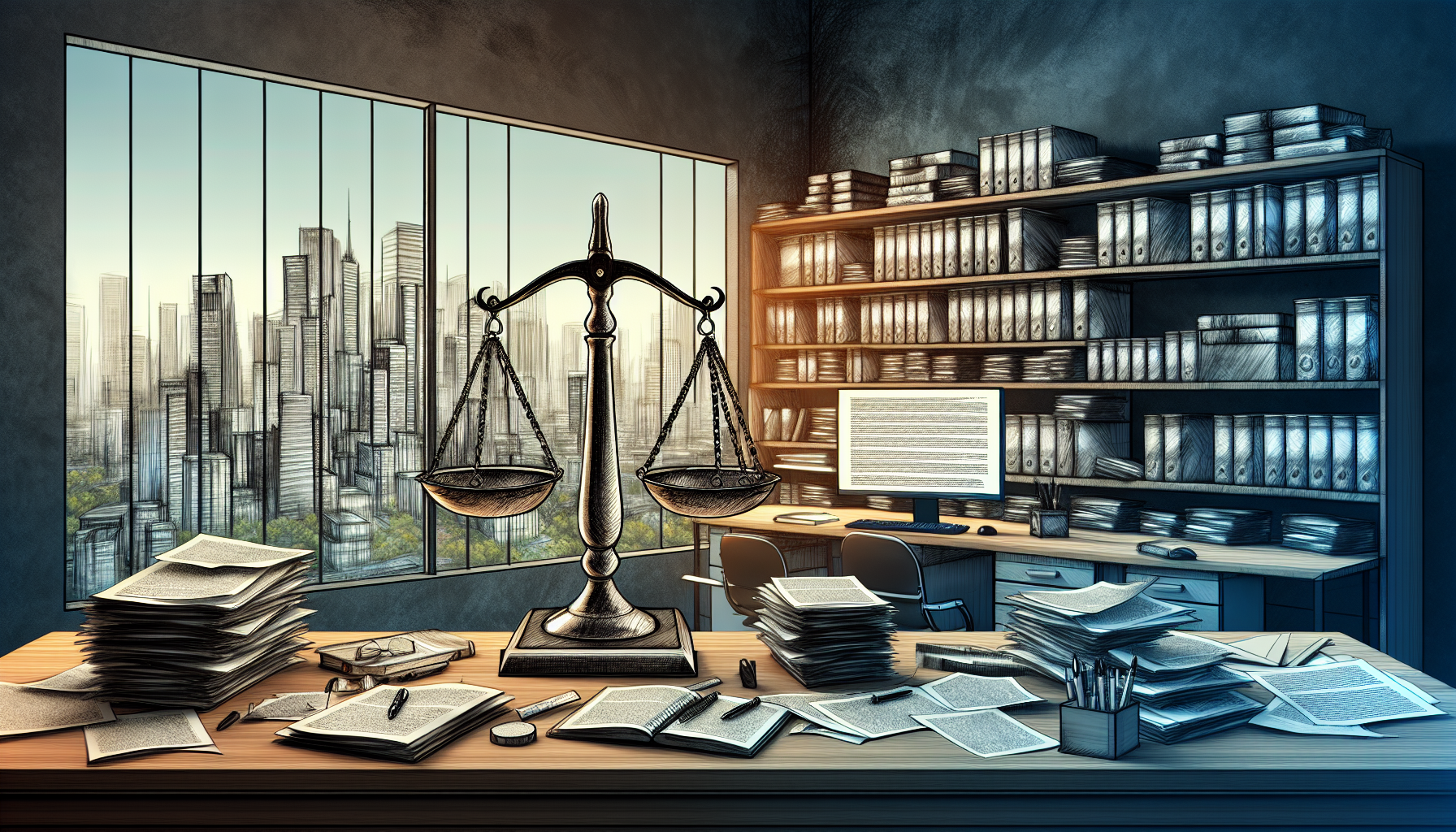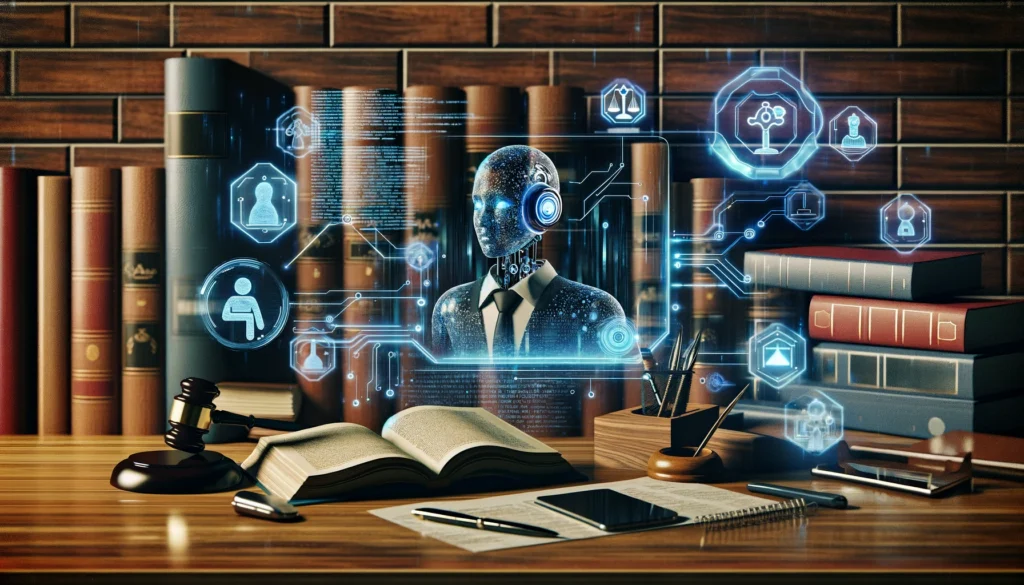
Embracing Technological Transformation in Paralegal Work
The landscape of legal research and documentation is undergoing a significant transformation driven by advancements in technology. Traditional paralegal duties focused heavily on painstaking research and clerical tasks, but innovations such as ChatGPT and other large language models (LLMs) are revolutionizing the profession. By leveraging these tools, paralegals can now perform complex legal research quickly and effectively, freeing up time for higher-value tasks such as client interaction and strategic planning.
These technological advancements are not just enhancing productivity but also improving the accuracy and richness of legal documentation. As we delve into estate planning laws, this article will explore how to utilize ChatGPT to prepare detailed and comprehensive memorandums that can significantly benefit paralegals and legal professionals alike.
Foundations of Estate Planning Law
Before diving into the specifics of using ChatGPT for legal research, it’s crucial to understand the key concepts and components of estate planning laws. Estate planning involves the preparation of tasks that serve to manage an individual’s asset base in the event of their incapacitation or death. The foundational elements include wills, trusts, powers of attorney, and health care directives.
The goal of estate planning is to ensure that an individual’s wishes are honored regarding the distribution of their assets and to mitigate potential legal complications. Accurate and detailed memorandums play a pivotal role in this process, providing a comprehensive overview of applicable laws, case precedents, and statutory interpretations.
Now that we have an understanding of the basics, we can explore how to use ChatGPT to gather comprehensive and precise legal information essential for creating robust estate planning memorandums.
Leveraging ChatGPT for Legal Research
Using ChatGPT for legal research involves more than simply typing a question and hoping for a good answer. Proper techniques must be employed to maximize the tool’s capabilities. An effective approach starts with crafting well-structured prompts to elicit detailed and relevant responses.
- Clear and Specific Questions: Instead of asking a broad question, focus on specific aspects. For example, “What are the key components of a living will under Arizona state law?”
- Layered Queries: Use iterative queries to build on the information received. Start broad and narrow down. For instance, after an overview, ask, “Can you list recent cases related to living wills in Arizona?”
- Contextual Prompts: Providing context helps in getting more accurate results. For example, “In the context of estate planning, how are irrevocable trusts treated differently from revocable trusts in California?”
By honing these techniques, legal practitioners can effectively use ChatGPT to gather in-depth information, making their research process both thorough and efficient.
Crafting Detailed Memorandums with ChatGPT
Once you have gathered the necessary information, the next step is to craft a detailed and coherent memorandum. Here’s a step-by-step guide:
- Define the Structure: Decide on the sections of the memorandum. Common sections include Introduction, Background, Statutory Framework, Case Law Analysis, and Conclusion.
- Generate Content: Use ChatGPT to populate each section. For example, you can use a prompt like, “Provide an overview of the statutory requirements for creating a will in Texas” for the Statutory Framework section.
- Refine and Integrate: Ensure that the responses are logically organized and seamlessly integrated. Combine multiple responses when necessary to form a coherent narrative.
Here are example prompts for various sections:
- Introduction: “Explain the purpose and importance of estate planning laws.”
- Background: “Detail the history and evolution of estate planning regulations in the United States.”
- Statutory Framework: “List the key statutes governing estate planning in Florida.”
- Case Law Analysis: “Summarize significant judicial rulings that have shaped estate planning practices in New York.”
- Conclusion: “Highlight the main considerations for a robust estate planning strategy.”
Through this methodical approach, ChatGPT can be utilized to create a detailed, comprehensive, and professional estate planning memorandum.
Advanced Prompt Engineering for Nuanced Insights
For obtaining more nuanced insights, advanced prompt engineering techniques can be employed. This involves crafting creative and specific prompts to garner detailed information that might not be apparent through straightforward queries.
- Hypothetical Scenarios: “How would the redistribution of assets be handled if a will includes an ambiguous clause under Texas law?”
- Comparative Analysis: “Compare and contrast the treatment of irrevocable trusts in California and New York.”
- Legal Interpretations: “What are the potential legal interpretations of using digital assets in estate planning under federal law?”
Iterative querying involves refining questions based on previous responses to narrow down to the precise information needed. This can be achieved by follow-up questions that clarify or expand on initial answers, such as, “Can you provide more details or examples on the judicial rulings mentioned?”
Employing these techniques ensures that the information extracted is not just relevant but also rich with legal insights.
Ensuring Accuracy and Compliance
While ChatGPT can provide a wealth of information, it’s imperative to cross-reference its outputs with authoritative legal sources to ensure accuracy and compliance. This involves checking the generated content against primary sources such as statute books, legal databases, and case law repositories.
Additionally, legal professionals must stay updated with current laws and regulations to ensure that the information incorporated into memorandums is both accurate and current. Verifying the details corroborates the reliability of the memorandum, cementing its value and trustworthiness.
Enhancing Workflow Efficiency and Productivity
Integrating ChatGPT into daily paralegal tasks can significantly enhance workflow efficiency and productivity. Here are some tips:
- Streamlined Research: Utilize ChatGPT for initial research phases, allowing paralegals to focus on higher-value tasks.
- Template Creation: Develop standard templates for common legal documents, populated with ChatGPT’s outputs.
- Ongoing Learning: Continuously refine prompts based on previous interactions to improve the quality of responses.
By adopting these strategies, legal professionals can maximize their productivity, allowing them to devote more time to client interaction and strategic pursuits.
Looking Ahead: The Future of AI in Legal Support
As advancements in AI continue, the scope of its application in the legal domain is poised to expand. Emerging trends such as predictive analytics and automated document generation hold immense potential. By staying ahead in the evolving landscape of legal technology, paralegals and attorneys can harness these tools to provide superior legal services, ensuring they remain at the forefront of the profession.


